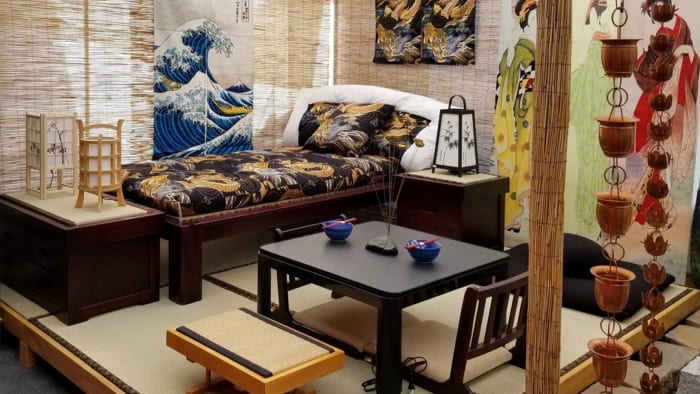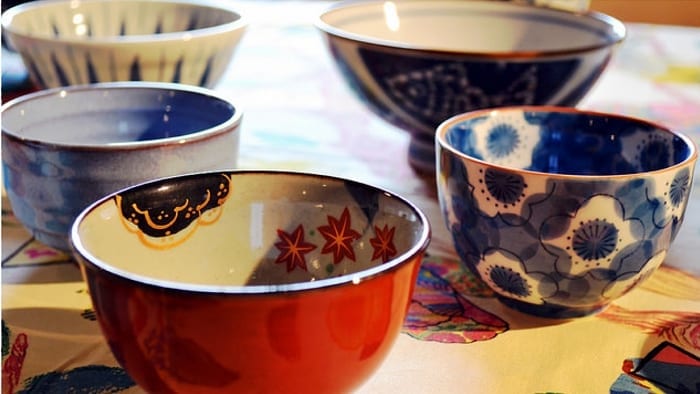Origami, the art of folding paper, is well-known to have originated from the Land of the Rising Sun. The paper crane is one of the most popular forms of origami. But did you know there is actually a legend behind building these paper cranes?
What is the Legend of the Thousand Origami Cranes?
Wishing for something is as natural as breathing to humans. It is not surprising that we are acquainted with different beliefs on how to make our wishes come true in our lifetime. There is an interesting way of getting your wish granted in Japan, but it isn’t as easy as just wishing on a shooting star. It is a task that requires patience, dedication, and, well, lots of paper.
Senbazuru, which literally means a thousand cranes, is the art of folding origami cranes and tying all of them in a string. According to this Japanese legend, the person who can accomplish this will have their wish granted.
Cultural Background of Japan
In Japan, the crane is considered a mystical animal believed to live for a thousand years. Because of this, it became a symbol of good luck and long life. It also symbolizes fidelity because when two cranes mate, they remain loyal to each other until they die.
A History of Senbazuru
Way back then, paper folding (origami) in Japan was considered a ceremonial and religious art. Since the crane is believed to live for a thousand years, each paper crane represents one year in a crane’s life. When one has completed 1000 origami cranes, then the sacred crane will grant his or her wish. The Japanese also believed that if a sick person folds 1000 cranes, they will get well again.
However, Senbazuru took on a new meaning after World War II. According to the stories, a girl named Sadako Sasaki was diagnosed with leukemia, which she got from the radiation caused by the Hiroshima bombing during the war. Hoping that she will get well again, Sadako decided to fold 1000 cranes. A popular version of the story says that she could only fold 644 paper cranes before she passed away. Years after her death, a monument was built in her honor, now known as the Children’s Peace Monument. It represents a child’s hope and cries for world peace. Every year on August 6, children from all over the world send folded paper cranes to Sadako’s statue to keep this hope alive.
Nowadays, folded a thousand cranes are given as gifts for weddings and a new child’s birth. It is also hung inside the house for good luck. If you’re interested in having a themed get-together, these are perfect.
Questions about the legend? Send us an email!




Hello,
I would like to know how old is the Legend about 1000 origami cranes and where is coming from.
Thank you so much.
Kind regards,
Hanka
Hi Hanka,
Below is a link to a good article with a lot of information about the Legend of the 1000 origami cranes.
https://en.wikipedia.org/wiki/One_thousand_origami_cranes